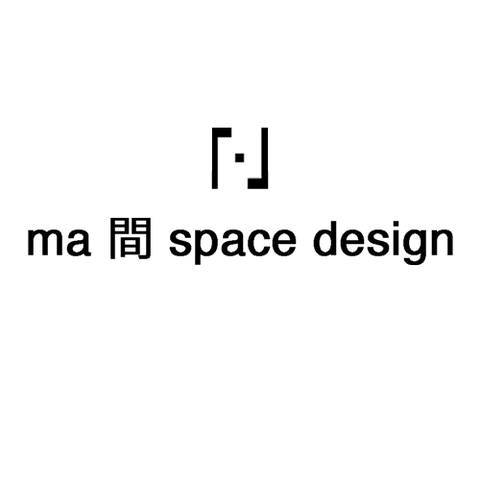Many traditional Japanese arts and crafts feature decorations and patterns inspired by the natural world. This reflects the Shinto belief in the importance of the four seasons and the continuity of life, as well as the Buddhist ideal of living in harmony with nature.
The beauty of nature - simplified, stylised, and deeply symbolic - can be found on fabrics, crafts, interior decorations, and countless other objects in Japan. Many of these patterns carry profound meanings and have been cherished for centuries. Traditionally, they were used on clothing and items for celebratory occasions, expressing wishes for happiness, longevity, and protection.
Here are some well-known examples of traditional Japanese patterns (和柄, wagara):
Kikkou 亀甲: Tortoise Shell (top left)
A geometric pattern of interlocking hexagons, kikko takes its name from the tortoiseshell it resembles. Since tortoises symbolise longevity and stability, this design expresses a wish for a long and prosperous life. The pattern is believed to hae originated in Western Asia and was introduced to Japan through trade.
Seigaiha 青海波: Blue Ocean Waves (bottom left)
This elegant wave pattern has been used not only in Japan but also in ancient Egypt and Persia. It symbolises peace, good fortune, and an unending flow of happiness, much like gentle waves that spread endlessly across the sea.
Uroko 鱗: Fish Scale (bottom right)
Composed of repeated isosceles triangles, uroko mon represents fish or snake scales. These creatures shed their skin, symbolising renewal, transformation, and protection from misfortune. For this reason, the uroko pattern has long been used as a talisman to ward off evil.
Asanoha 麻の葉: Hemp Leaves (top right)
A striking geometric design modelled after the shape of hemp leaves. The hemp plant grows strong and tall, so this pattern symbolises growth, vitality, and resilience. It's traditionally used on baby clothing, expressing the wish for a child to grow healthy and strong. The pattern is also thought to repel negativity and bring good energy.
Kiku 菊: Chrysanthemum
The chrysanthemum symbolises eternal life and rejuvenation. According to an ancient legend, villagers who drank water from a river near chrysanthemum fields lived long and healthy lives, believing the flower carried healing power. The chrysanthemum is so revered that it became the symbol of the Japanese Imperial Family, representing nobility and longevity.
Each of these patterns carries with it a story - a connection between art, nature, and the human spirit. Even today, their timeless beauty reminds us to appreciate the natural world and the quiet harmony that surrounds us.

